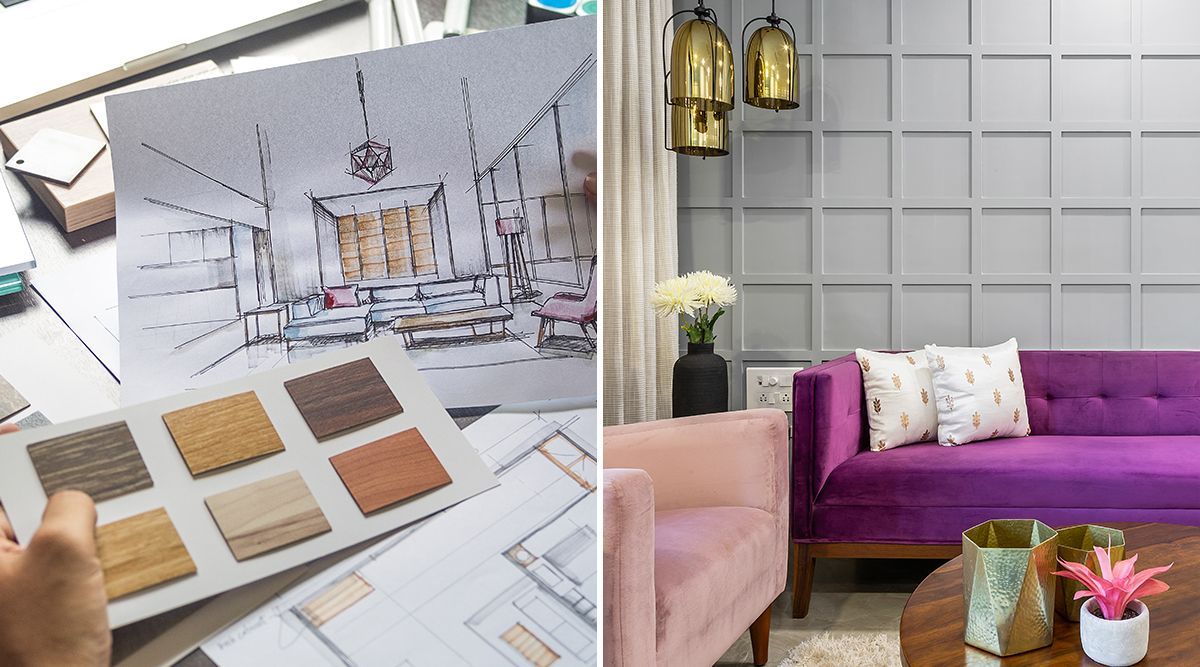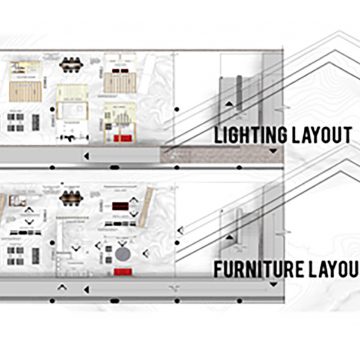The Art of Balance: Exactly How Interior Design and Home Engineer Collaborate for Stunning Results
In the realm of home style, striking an equilibrium in between visual appeals and performance is no tiny feat. This delicate balance is accomplished via the unified cooperation in between interior designers and architects, each bringing their distinct expertise to the table. The result? Spaces that are not only visually spectacular but likewise incredibly habitable. This best blend is not always simple to achieve. Stick with us as we explore the complexities of this collective process and its transformative effect on home design.
Comprehending the Core Differences In Between Interior Decoration and Home Architecture
While both interior layout and home architecture play crucial roles in producing cosmetically pleasing and functional areas, they are naturally different self-controls. It deals with the 'bones' of the framework, functioning with spatial dimensions, load-bearing walls, and roof covering designs. On the other hand, indoor layout is much more worried with boosting the aesthetic and sensory experience within that structure.
The Synergy In Between Home Architecture and Interior Layout
The harmony in between home architecture and Interior Design hinges on a common vision of layout and the enhancement of functional looks. When these 2 fields align harmoniously, they can transform a home from average to extraordinary. This partnership needs a much deeper understanding of each self-control's principles and the capability to develop a cohesive, cosmetically pleasing environment.
Unifying Style Vision
Merging the vision for home design and Interior Design can develop an unified space that is both useful and visually pleasing. The equilibrium begins with an incorporated attitude; architects and indoor designers collaborate, each bringing their expertise. This unison of ideas creates the design vision, a blueprint that guides the project. This shared vision is essential for consistency throughout the home, guaranteeing a fluid transition from outside style to indoor areas. It promotes a synergistic strategy where building aspects complement Interior Design parts and the other way around. The result is a cohesive space that shows the house owner's lifestyle, individuality, and taste. Hence, unifying the style vision is important in mixing design and Interior Design for magnificent results.
Enhancing Practical Visual Appeals
Just how does the synergy in between home style and Interior Design improve functional looks? This harmony enables the production of spaces that are not only aesthetically appealing however likewise conveniently usable. Architects prepared with their structural style, ensuring that the room is reliable and practical. The interior designer then complements this with thoroughly selected elements that enhance the visual appeals without jeopardizing the performance. This unified cooperation can result in homes that are both livable and beautiful. For example, a designer may create a residence with high ceilings and huge home windows. The interior designer can then accentuate these features with tall plants and sheer curtains, specifically, hence boosting the visual charm while preserving the functional benefits of natural light and spaciousness.
Importance of Cooperation in Creating Balanced Spaces
The partnership in between interior developers and designers is pivotal in developing balanced rooms. It brings harmony in between design and style, bring to life rooms that are not only cosmetically pleasing however additionally functional. Discovering successful joint strategies can supply insights right into how this synergy can be efficiently attained.
Integrating Layout and Architecture
Balance, a necessary facet of both Interior Design and design, can just really be attained when these two fields operate in harmony. This harmony is not just an aesthetic consideration; it impacts the capability, sturdiness, and inevitably, the livability of a space. Inside engineers and developers should understand each other's functions, value their competence, and connect properly. They need to take into consideration the interplay of structural elements with decor, the flow of areas, and the effect of light and shade. This joint procedure causes a natural, well balanced design where every element has a function and adds to the overall aesthetic. For that reason, balancing style and design is not just regarding creating stunning areas, however regarding crafting areas that work perfectly for their residents.
Effective Collaborative Approaches

Instance Studies: Effective Combination of Design and Style
Taking a look at several instance research studies, it becomes evident how the effective combination of Interior Design and design can change an area. The Glass Residence in Connecticut, renowned for its minimalistic sophistication, is one such example. Designer Philip Johnson and interior developer Mies van der Rohe collaborated to produce an unified balance in between the structure and the inside, causing a seamless circulation from the exterior landscape to the inner living quarters. An additional exemplar is the Fallingwater Home in Pennsylvania. Architect Frank Lloyd Wright and interior developer Edgar Kaufmann Jr.'s collaborative initiatives bring about a strikingly unique home that mixes with its natural environments. These study underscore the profound impact of an effective layout and architecture partnership.

Conquering Difficulties in Design and Design Collaboration
Regardless of the indisputable advantages of a successful cooperation between Interior Design and design, check my blog it is not without its difficulties. Interaction problems can arise, as both celebrations may utilize different terminologies, understandings, and strategies in their work. This can cause misunderstandings and hold-ups in project completion. An additional major obstacle is the balancing act of looks and functionality. Designers might prioritize architectural honesty and security, while developers concentrate on comfort and design. The assimilation of these objectives can be intricate. In addition, spending plan and timeline constraints commonly include pressure, potentially creating rifts in the partnership. Efficient interaction, mutual understanding, and compromise are important to get over these obstacles and achieve a successful and unified cooperation.

Future Patterns: The Developing Partnership Between Home Architects and Inside Designers
As the world of home style remains to develop, so does the partnership between designers and indoor designers. The pattern leans towards a more joint and incorporated strategy, breaking devoid of conventional roles. Architects are no much longer solely focused on structural integrity, however additionally take part in improving visual charm - Winchester architect. Conversely, indoor developers are embracing technical elements, affecting total layout and functionality. This progressing synergy is driven by advancements in innovation and the growing need for rooms that are not just visually pleasing however sustainable and also useful. The future guarantees a much more natural, cutting-edge, and flexible strategy to home layout, as developers and architects continue to obscure the lines, fostering a relationship that truly embodies the art of balance.
Conclusion
The art of balance in home layout is attained with the harmonious collaboration in between interior designers and engineers. An understanding of each various other's self-controls, effective interaction, and shared vision are critical in producing visually stunning, useful, and welcoming spaces. Regardless of obstacles, this partnership fosters development and development in layout. As the connection between home engineers and interior developers advances, it will proceed to shape future fads, improving comfort, effectiveness, and personal expression in our space.
While both interior layout and home architecture play necessary roles in producing aesthetically pleasing and practical rooms, they are inherently different techniques.The synergy in between home style and interior layout lies in a shared vision hop over to these guys of style and the improvement of functional visual appeals.Merging the vision for home architecture and interior layout can develop a harmonious living area that is both useful and cosmetically pleasing. Thus, unifying the style vision is vital in mixing architecture and interior style for investigate this site magnificent results.
Exactly how does the harmony in between home design and interior style enhance functional appearances? (Winchester architect)